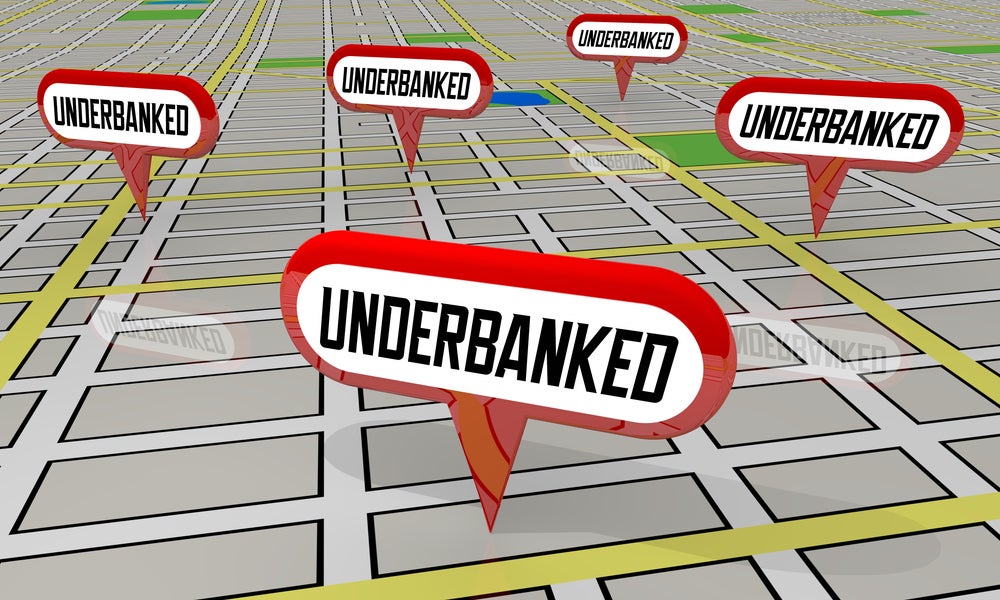GlobalData offers a comprehensive analysis of Skandinaviska Enskilda Banken, providing key insights into its Environmental, Social, and Governance(ESG) factors. By closely monitoring and aggregating mentions of climate change and associated ESG keywords, GlobalData delivers valuable information on Skandinaviska Enskilda Banken‘s ESG performance. GlobalData’s company profile on Skandinaviska Enskilda Banken offers a 360-degree view of the company, SWOT analysis, key financials, and business strategy including insights on ESG implementation among other information. Buy the report here.
Skandinaviska Enskilda Banken (SEB) has set target for net zero by 2040 and is actively working towards reducing its carbon emissions. To align with the Paris Agreement, SEB has joined the Net-Zero Banking Alliance (NZBA) and committed to aligning its credit portfolio with 1.5C scenarios pathways to reach net-zero emissions by 2050 or sooner. The company is also collaborating with suppliers to minimize its carbon footprint in the supply chain.
SEB has already taken several steps to reduce its emissions and support the sustainability transition. The bank is improving the energy efficiency of its operations and buildings, increasing the use of renewable energy, and electrifying its car fleet. SEB is also providing advice and products to support its customers in transitioning to more sustainable activities, thereby reducing the amount of CO2 emissions that it finances.
In terms of emissions, SEB reports according to the Greenhouse Gas Protocol. In 2021, the bank's total carbon emissions amounted to 11,098 tonnes CO2e, with scope 1 emissions at 340 tonnes CO2e, scope 2 emissions at 1,220 tonnes CO2e, and scope 3 emissions at 9,539 tonnes CO2e. SEB acquired emission rights to offset its 2021 emissions, with a total offset of 9,648 tonnes of CO2e, effectively neutralizing the calculated emissions of 9,492 tonnes CO2e for the year 2021.br/>
SEB is actively tracking the effectiveness of its actions to reduce emissions. The bank's Greentech Venture Capital invests in green technology, focusing on ideas that promise substantial impact in reducing greenhouse gas emissions. Addressing climate change is a top priority for SEB, and the bank is dedicated to presenting its climate-related efforts in accordance with the recommendations from the Task Force on Climate-related Financial Disclosures (TCFD). SEB recognizes the importance of understanding the risks connected to climate change and is committed to managing and reducing its environmental impact.
In conclusion, SEB is actively working towards achieving its net-zero targets and reducing its carbon emissions. The bank has taken steps to improve energy efficiency, increase the use of renewable energy, and support its customers in transitioning to more sustainable activities. By joining initiatives like the NZBA and Net Zero Asset Managers, SEB is aligning its operations and investments with the goals of the Paris Agreement.
Data Insights
From

The gold standard of business intelligence.
Blending expert knowledge with cutting-edge technology, GlobalData’s unrivalled proprietary data will enable you to decode what’s happening in your market. You can make better informed decisions and gain a future-proof advantage over your competitors.







